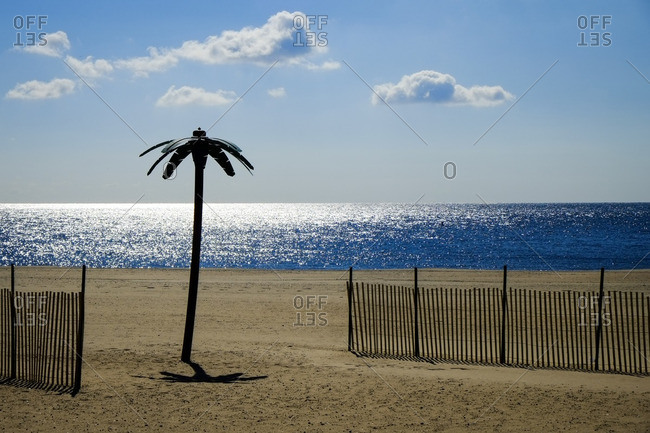
If the borrow material is the same as the native sediment, then essentially the same shape of the cross-shore profile will be achieved as the pre-nourishment equilibrium shape after the equilibration process. If the borrow material is quite different from the native sediment, the processes as indicated above, will be slightly different.

See Figure 3 for a sketch.įigure 3 'Repair' of shape of cross-shore profileDue to the increased width of the beach, sooner or later also the dunes will grow in seaward direction. This phenomenon, however, is a well-known coastal feature one cannot ‘unpunished’ create a disturbance in the coastal zone.Īt the end of the day, not only the upper part of the cross-shore profile is widened, but also the deeper part of the cross-shore profile is shifted in seaward direction (say over the entire so-called active part of the cross-shore profile). This is often interpreted as unexpected erosion by a non-specialised observer. The inevitable process of re-establishing the shape of the equilibrium beach profile, starts with ‘using’ the sediments from the beach nourishment meant to widen the beach. Some maintenance will be required in order to keep the desired beach width. Natural coastal morphology processes (in this case: cross-shore sediment transports) will flatten out the 'disturbance' from the equilibrium profile the so-called equilibration process. However, assuming that the shape of the cross-shore profile in the pre-nourishment period was more or less in equilibrium, it is quite clear that the shape right after finishing the project, is not in equilibrium anymore. (It is first assumed that the 'borrow' sediment is similar to the 'native' material.) With an artificial nourishment as also is indicated in Figure 2 the aim, broadening the beach, is simply achieved. Single artificial nourishments Beach broadeningįigure 2 shows schematically cross-section A-A as was indicated in Figure 1. To carry out an artificial nourishment project, various methods can be applied see e.g. So depending on the actual aim of the nourishment project, the nourishment can be carried out as a mainly single action or the nourishment has to be repeated on a regular basis. Because of structural erosion sediments are more or less continuously lost out of a stretch of coast (frequent) artificial nourishments are required to compensate on average the occurring losses. In the fourth case artificial nourishments are applied as a tool in coastal protection projects. In principle a single action indeed, although often some relatively small maintenance nourishments are necessary in order to keep the situation as required according to the design conditions. With a mainly single action a ‘better’ situation is achieved. The first three cases are to be considered as applications to improve an existing undesirable situation.


to broaden the beach (recreation purposes).In this article on artificial nourishments applications with moderate volumes per project are discussed (order of magnitude up to 10 million m3 per project).īut why should one apply artificial beach nourishments? Artificial nourishments can be applied in various cases e.g.: In these cases often huge volumes of sand are required up to several hundreds of millions m3 per project. Other examples of projects where the coastal system is fed, are large scale land reclamation projects and the construction of an artificial island in open sea. This article gives insight in the application and the implications of artificial nourishments.įor an additional view on methods, functional characteristics and applicability of artificial nourishments, you are referred to the article shore nourishment.Īrtificial nourishments are examples of projects where the coastal system is fed with sediments (sand) from a source (borrow area) at a certain distance from the project area. The basis of this article is especially written for the Coastal Wiki by the main author referred to at the bottom of this page. 3.1 Artificial nourishments and structural erosion.2.3 Safety of mainland and properties on top of the dunes.


 0 kommentar(er)
0 kommentar(er)
